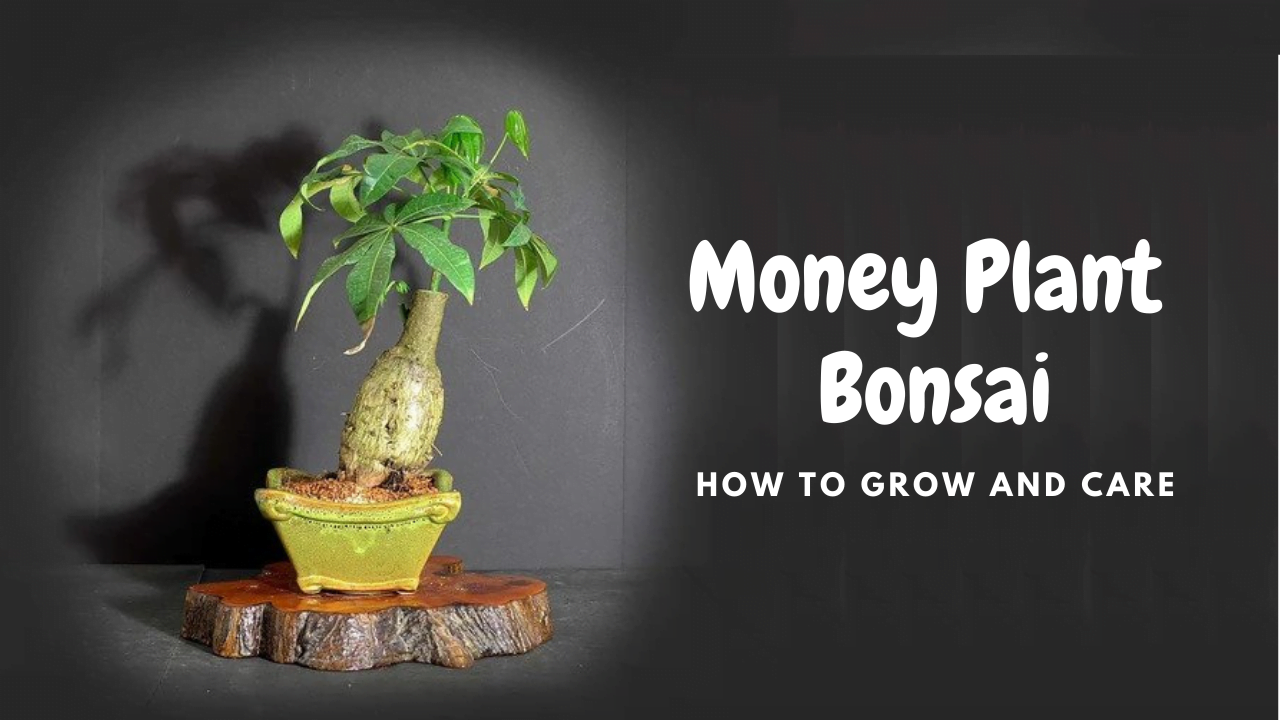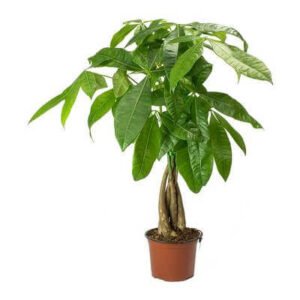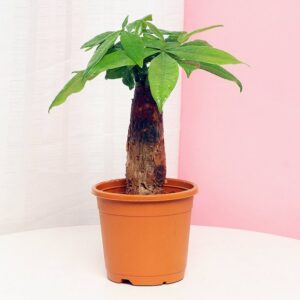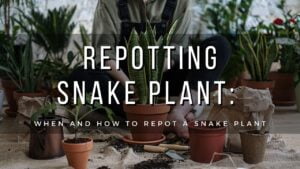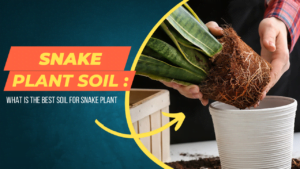Would you like to bring good financial fortune your way?
Make Money Plant bonsai part of your lifestyle, and you will be amazed at the benefits.
As a popular indoor plant, money trees frequently grow with braided trunks, which make them ideal for bonsai growing.
Money tree bonsais are not difficult to grow – in fact, even the most novice gardener can perform the task as long as they have the right knowledge.
And, this article will help you learn how to grow bonsai money plants so that you can learn more about the world of a good fortune plant.
If you’re looking for a beautiful and unique addition to your indoor space, indoor bonsai plants for sale are a great option. These miniature trees offer many benefits, such as improving air quality and reducing stress. With a variety of species and sizes available, there’s an indoor bonsai plant for every taste and space. Shop around to find the perfect one for you.
Interesting Facts About Money Plant Bonsai
| Botanical name | Pachira Aquatica, Crassula ovate |
| Common name | Money plant, jade tree |
| Description | This tree is native to southern Africa. Its thick branches and fleshy leaves make it particularly attractive. This tree, commonly referred to as a jade tree, can withstand drought and wet conditions. |
| Height | 7-11 inches |
| Width | 2-3 inches |
| Sunlight | Full sunlight |
| Watering | Minimum watering to encourage small leaves |
| Fertilizer | Bonsai fertilizer should be used from March through October. Alternatively, slow-release fertilizer pellets can be applied every eight weeks. |
| Pruning time | Spring |
| Repotting time | Re-pot in spring |
| Life span | 10-15 years |
| Note | It is believed that Money Plant bonsai brings good fortune to its owner. |
Growing Bonsai Money Trees from Seed or by Propagation
In nature, the Money Plant bonsai tree grows up to 65 feet tall. However, it can also be trained to grow much smaller than that.
To start, you will need to purchase seeds or cuttings to propagate your Money plant.
Using semi-hardwood cuttings from the tips is the best way to propagate money bonsai trees. In addition to being easy to root in just about any medium, they can also be rooted in water.
In some cases, you can even start new plants from shoots that appear from the sides of the trunk. Just place them in moist soil.
Growing bonsai from cutting,
- Take a six-inch (15 cm.) branch cutting with several leaf nodes and remove the leaves on the lower third of the cutting. Dip the cut end in the rooting hormone.
- Prepare a small pot of soilless medium such as coarse sand, then push the cut end of the cutting into it until the lower third of it is beneath the surface.
- Water the soil and cover the cutting with a plastic bag to keep it humid. Be sure to keep the cutting medium moist.
- A small money tree may need about six to eight weeks to grow roots and another few months to be transplanted into a larger pot.
Learn More: How to Grow Bonsai Plants From Cutting
How to Care for Money Tree Bonsai
Sunlight
Money plant bonsai should be grown indoors in as much sunlight as possible, ideally in a window that faces south. You don’t need to keep it too warm, but don’t let the temperature drop below 54 degrees Fahrenheit.
You can also place your money plant bonsai outside in the summer but make sure to bring it indoors once the temperature drops. Because it won’t survive a frost or freeze.
Watering
Before watering your bonsai, allow the soil to become completely dry. After that, water thoroughly. Overwatering can cause rot in this plant because of its delicate root system.
However, it requires higher levels of humidity. You can fix this by placing your plant on a tray with wet gravel and misting its leaves every so often.
Soil
The best soil for a money tree is sandy, peat moss based soil in a pot with good drainage. Although it likes humidity in general, you should let the soil dry out between watering.
A good schedule to water the money plant is when the top 2-4 inches of soil are dry.
Fertilizing
Money plant bonsai grows rapidly with good fertilizer. So use a liquid fertilizer every week from spring to mid-autumn.
Also, in spring you can use a fertilizer with more nitrogen. Whereas in summer use a balanced ratio of nitrogen, phosphorus, and potassium.
One with less nitrogen during autumn.
Winter Care
The money tree requires less water in the winter months. Also, growth is slow in winter. The money bonsai tree enjoys extra humidity so make sure to increase the humidity in the winter. you can use a pebble tray or a humidifier.
The plant will also appreciate regular misting year-round using a mister.
Potting and Repotting
Repotting of money trees can be done every two-three years during the spring season. While repotting make sure to prune the roots gently and provide a quality soil cut with river sand to ensure proper drainage.
Repotting the Money Plant bonsai,
- Remove the bonsai plant from the pot using a root knife.
- Now cut a piece of plastic mesh to cover the drainage hole of the new pot. Place the mesh and cut a piece of 20- gauge copper wire (approximately 4 times the height of the money tree) and bend the wire into a “U” shape.
- Insert one end of copper wire through the bottom of the drainage holes. And the other one to the end of the drainage hole opposite the previous one. Pull both the ends up and straighten them until they are even in length and vertical. Later, you need to wrap the wire around the trunk to provide support.
- Cover the base of the pot with one layer of grit. Also, add a one-third-inch layer of prepared bonsai soil mix over the layer of grit.
- Untangle the roots and remove the soil from the roots with a root hook. Do not remove all the soil from the root.
- Using a bypass pruner, prune the long roots and trim no more than one-quarter of the total root system. In addition, remove any decomposing or vertical-grown roots.
- Place the plant in the pot on top of the soil.
- At an upward 35-degree angle, wrap both ends of the wire snugly around the trunk starting at the base.
- Wrap the copper wire in between the branches same as the top of the trunk. The wire will criss-cross itself as you wrap it.
- Continue wrapping until it reaches the top of the tree and twists the two ends of the wire together.
- With the snips, cut off all but ½ inch of excess copper wire. This will give you something to grasp when you unwrap the wire from the tree.
- Finally, fill the pot with soil mix to ½ inch from the pot’s rim and water it until it drains.
Pruning Money Plant Bonsai
Pruning should be done to encourage new growth. If you wish to have new leaves to sprout or have a wilting plant, prune off the browning leaves. Leaves can be trimmed at any time of the year, they grow back quickly.
Money plant bonsai usually have a braided or knitted form which is achieved when the stalks are young and supple.
They can be pruned by cutting off the stem and new growth will start to appear at the cut over time.
Heavy pruning on money plant bonsai should be done in late winter. This bonsai tree responds with vigorous growth in the following spring.
For maintenance pruning of the plant, cut back to one or two pairs of leaves.
While wiring your bonsai make sure to remove the wire in time and also not to let the wire bite into soft bark.
Pests and Diseases
Common Money Plant Bonsai Diseases,
- Rhizoctonia Root Rot
Causing Agent: Fungus Rhizoctonia Solani
Symptoms: Wilting of the plant, Leaves getting dark blotches and roots turning brown or black, web of fungal growth in the soil.
Solution: Discard the affected roots and repot them in fresh potting soil and water it when the topsoil feels completely dry.
- Bacterial Wilt Disease
Causing Agent: Pseudomonas cichorii
Symptoms: Veins of leaves and stems get darker, foliage wilts, and develops yellow spots.
Solution: Discard the infected part and repot the plant in a new pot with fresh soil and use a well-draining and porous potting mix only. Also, avoid overwatering the money plant.
- Manganese Toxicity
Causing Agent: Excess Manganese
Symptoms: Yellow flecks or spots on the foliage, dropping of the new leaves.
These are caused due to excess manganese absorption from the fertilizer or fungicides
Solution: Minimize the use of Fungicides, especially those containing manganese. Also, apply lime to raise the pH level in the soil.
Pests and insects problem,
- Spider mites
Caused by: Dry Climates, under watering and overapplying nutrients.
Symptoms: Infestation of spider mites in larger numbers can be harmful to the plant. You can easily spot them wandering on the leaves and stems of the money plant.
Solution: Regular misting of the plant.
- Aphids
Caused by: stressed conditions such as drought, poor soil conditions
Symptoms: These insects attach themselves to the soft green stem and feast on the leaves of the sap. They prevent the growth of the plant. Moreover, they encourage mold and ants infestation as they secrete a sugary liquid that attracts ants.
Solution: use a strong jet of water or you can turn your plant upside down in a bucket with water for a few minutes. Also, you can use neem oil or soapy water to deter them away.
- Mealybugs
Caused by: overwatering or over-fertilizing
Symptoms: These insects are white cotton-like that feed on the sap of the leaves and stems. Mealybugs cause yellowing and curling of the foliage. Usually, these are spotted near the soft or growing tissue of money plant bonsai.
Solution: Use a cotton swab dipped in an insecticidal solution or alcohol. Also, you can spray it off with neem oil and water solution.
- Scales
Caused by: used contaminated potting soil, left plants outside in the warm weather months, or reusing a dirty plant pot.
Symptoms: Dark brown bumps on the leaves or stem.
They are among the most difficult insects to control, as their hard shell prevents them from absorbing the effects of water jets or insecticidal solutions.
Solution: use a cotton swab soaked in alcohol or neem oil solution and rub it against the infected part of the plant. Also, check the plant parts such as services, stem joints, and underneath leaves as they tend to hide in such places.
Pachira bonsai benefits
1. Beautiful braided trunk
You can enjoy the beautiful braided trunk of the plant. As long as the stalks of the money plant are green and flexible, start braiding at the bottom of the plant and work your way up.
When you reach the Tie the ends loosely with a string at the top. Continue braiding every 2-3 months until the tree is full.
2. Good Financial Fortune
As per traditional feng shui practices, your wealth and abundance are most connected to the Southeast area of your home or office. Your financial future could be better if you add a money tree to this part of your home or office.
3. You can’t practically overwater
Indoor bonsai plants usually die from overwatering. But not in the case of money plant bonsai, as the tree needs to be watered 2-3 times per week.
4. Grows well in indirect light
Money trees grow well in the home or office because they can thrive only with indirect light and they love fluorescent light.
5. Rarely needs pruning
Another benefit of a money tree is that it is a very low maintenance plant and the tree requires almost no pruning unless you want to give it the desired shape.
You can occasionally prune the leaves to maintain the plant and keep it tidy. But be careful not to over prune all at once because this will damage the plant.
Check Out: Bonsai Plant Benefits
FAQ
1. What kind of soil is needed to grow money plant bonsai?
A sandy and peat moss-based soil is best for growing money plant bonsai.
2. Do money plants go dormant in winter?
Yes, like almost all indoor or outdoor plants, Money plant bonsai go dormant in the winter. During winter, an indoor Money Tree will not shed all of its leaves but it will slow its growth rate as it stores up energy for the coming spring.
3. Which is the best place for the money plant bonsai?
The southeast area of your home or office is the best place for the bonsai tree.
4. How long does money plant bonsai lives?
With proper care, the money plant can live for more than 10-15 years.
5. How to tell if the money bonsai plant is dying?
When money plant bonsai is not in good condition its leaves start to wilt and turn brown.
Conclusion
Money Plant bonsai is one of the best indoor plants for many reasons. Besides, it brings a good financial fortune. As it is a low maintenance plant it is great to give to someone.
Another reason to like this plant is that it thrives in low light and gives you the flexibility to place it almost anywhere.
The other name for this plant is Good Luck Tree, the Malabar chestnut, money plant, Japanese money tree, Pumpo, Monguba, Saba nut, French peanut, Guiana chestnut, or the Provision tree.
Because of the compound leaves and the growth characteristics of the money tree, which rarely develops real branches and fine ramifications on smaller plants, it is not easy to make classic bonsai out of this plant.
However, it can make a very nice and decorative bonsai when used indoors.
If you have a money plant bonsai, please tell us about it and feel free to share any care tips in the comment section.
Related Articles
- Parlor Palm vs Areca Palm: Differences You Should Know
- Rattlesnake Plant: How to Grow and Care
- Repotting Snake Plant: When And How To Repot A Snake Plant
- Optimal Soil for Snake Plants: Guide to the Best Growing Conditions
- Areca Palm Leaves Turning Yellow: Causes and How to Fix Yellowing Leaves
- 15 Snake Plant Benefits | Reasons To Put A Snake Plant In Your Bedroom and Home

